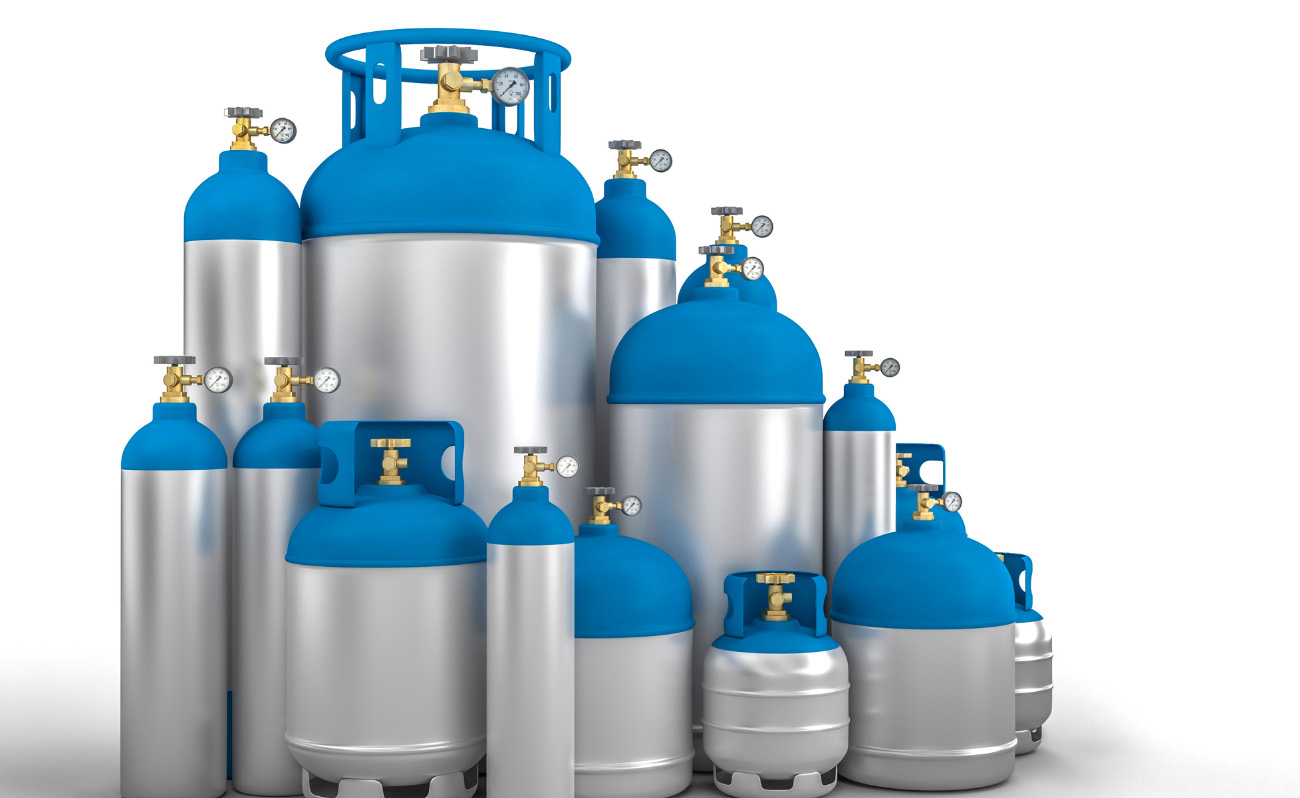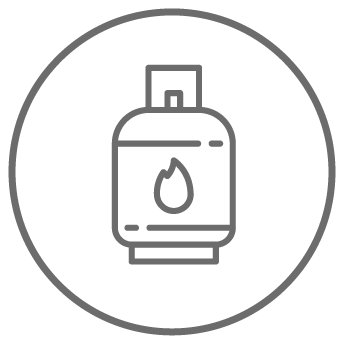Compressed gases - Definition

Compressed gases refer to gases that have a critical temperature above -10°C and for reasons of transport, storage and use are stored in containers at a pressure above atmospheric pressure. Among the most common compressed gases, we have methane (CNG) and air, but also helium and hydrogen.
Settala Gas has always specialized in the transport of compressed gases with specific cylinders in metallic and non-metallic material. Let us see now characteristics and types of gases contained in the cylinders.
Inert, toxic, flammable and combustible compressed gases
Gases stored in cylinders can be divided into different types:
- Inert gases (such as nitrogen, argon and helium). These non-toxic gases do not support human respiration and interact to a minimal extent with other substances. Even if released into the atmosphere, the percentage of oxygen is diluted but does not disappear. The ideal air oxygen concentration is 21% and a safe workplace should have oxygen between 19.5% and 23%. The only advice is to assess over- or under-oxygenation and the risk of inert gases in the air is that of asphyxiation. For this reason, environments should be equipped with gas leak detectors
- Toxic gases: These are the gases that, if inhaled, lead to acute or chronic injuries and for each substance, there are maximum concentration values in the environment. Those who are exposed to gas run health risks and for this reason, as in the case of inert gases, detectors must be placed at the point of gas leakage
- Flammable or combustible gases: These are compressed gases that when mixed with air create an explosive atmosphere. Flammable gas is characterized by a minimum concentration of explosiveness, for which if released into the air does not generate explosions. In addition, in this case it is important to have sensors at the points of possible accidental leakage from the cylinder in order to block the flow if it reaches a dangerous concentration of gas.
Compressed gases – Q&A
Let us now look at the answers to some common questions about compressed gases.
1. What does the letter N on the ogive of compressed gas cylinders mean?
This letter shows the presence of oxygen and nitrous oxide.
2. What are gases under pressure?
They are compressed, liquefied or dissolved gases that are odourless and invisible. Under the action of heat and deformation, containers of compressed gases can explode.
3. What does cryogenic gas mean?
A cryogenic gas or permanent gas is a gas that at atmospheric pressure boils at temperatures below -100 °C.
4. Why are cryogenic gases in cylinders dangerous?
Cryogenic gases in cylinders if inhaled lead to lung damage, eye damage, skin lacerations and asphyxiation.
5. What are the characteristics of carbon monoxide?
A toxic, colourless, odourless, tasteless and non-irritating gas can reach high concentrations without adequate ventilation. It is produced by incomplete combustion of any organic material, in the presence of low oxygen content in the environment.
6. What does the colour of the cylinder nosepiece indicate?
The colour of the nosepiece, in general, identifies the main risk associated with the gas, and not the gas itself, only for the most common gases there are specific colours.
For more information, please contact us! We have always been specialists in the production and distribution of compressed gases for industrial and domestic use, characterized by quality and safety for the environment and people.




